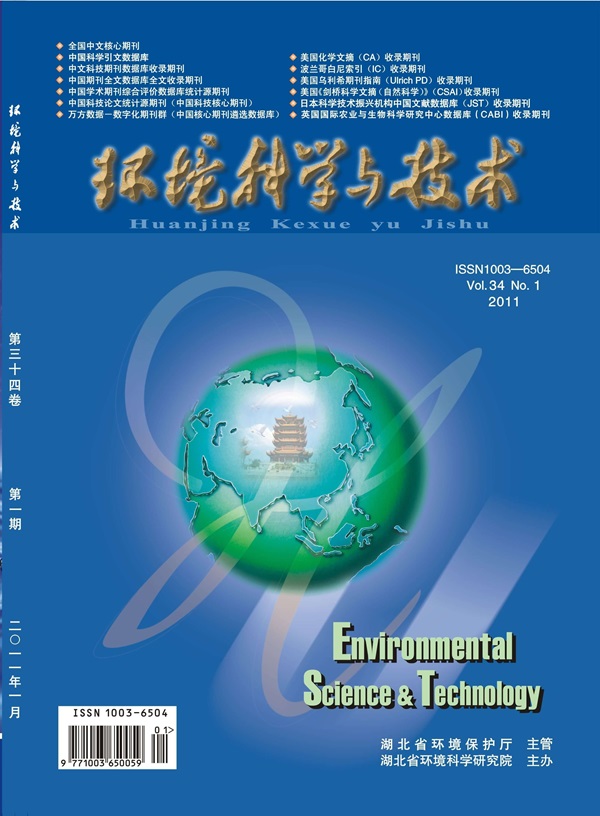Label-Free Identification and Imaging of Microplastic and Nanoplastic Biouptake Using Optical Photothermal Infrared Microspectroscopy.
IF 11.3
1区 环境科学与生态学
Q1 ENGINEERING, ENVIRONMENTAL
引用次数: 0
Abstract
As plastic waste breaks down into smaller fragments in the environment, it poses a significant threat to both terrestrial and aquatic ecosystems as well as exposed humans via contaminated water, air, and food. There is thus a critical need to understand the biological uptake and subsequent impacts of plastic particles in aquatic and terrestrial organisms. Yet, we lack effective and robust methodologies to identify and localize micrometer and nanometer-sized polymer particles in whole organisms. This proof-of-concept study introduces a label-free approach for the localization and identification of plastic particles within organisms utilizing optical photothermal infrared microscopy (O-PTIR) and microtome techniques. By integrating O-PTIR imaging with microtomy, we achieved high spatial resolution and sensitivity, allowing us to detect and identify different plastic particles (polystyrene, polyethylene, polypropylene, and poly(methyl methacrylate)) and confirm their localization in a tissue sample. The results demonstrate successful visualization of microplastics and nanoplastics at moderate exposure concentrations in a range of aquatic and terrestrial organisms; namely, Daphnia magna, Drosophila melanogaster, and Eisenia andrei. By eliminating the need for labeling and offering submicron resolution, this vibrational microspectroscopy-based approach emerges as a promising tool for advancing our understanding of the distribution and potential impacts of microplastics and nanoplastics.微塑料和纳米塑料生物吸收的光热红外光谱无标签识别和成像。
随着塑料垃圾在环境中分解成更小的碎片,它对陆地和水生生态系统以及通过受污染的水、空气和食物暴露的人类构成了重大威胁。因此,迫切需要了解塑料颗粒在水生和陆生生物中的生物吸收及其后续影响。然而,我们缺乏有效和可靠的方法来识别和定位整个生物体中微米和纳米尺寸的聚合物颗粒。这项概念验证研究介绍了一种利用光学光热红外显微镜(O-PTIR)和微生物组技术定位和鉴定生物体内塑料颗粒的无标签方法。通过将O-PTIR成像与显微切分相结合,我们实现了高空间分辨率和灵敏度,使我们能够检测和识别不同的塑料颗粒(聚苯乙烯、聚乙烯、聚丙烯和聚(甲基丙烯酸甲酯)),并确认它们在组织样本中的定位。结果表明,微塑料和纳米塑料在中等暴露浓度下成功地可视化了一系列水生和陆生生物;即大水蚤、黑腹果蝇和爱森尼亚。通过消除对标签的需要和提供亚微米分辨率,这种基于振动微光谱的方法成为一种有前途的工具,可以促进我们对微塑料和纳米塑料的分布和潜在影响的理解。
本文章由计算机程序翻译,如有差异,请以英文原文为准。
求助全文
约1分钟内获得全文
求助全文
来源期刊

环境科学与技术
环境科学-工程:环境
CiteScore
17.50
自引率
9.60%
发文量
12359
审稿时长
2.8 months
期刊介绍:
Environmental Science & Technology (ES&T) is a co-sponsored academic and technical magazine by the Hubei Provincial Environmental Protection Bureau and the Hubei Provincial Academy of Environmental Sciences.
Environmental Science & Technology (ES&T) holds the status of Chinese core journals, scientific papers source journals of China, Chinese Science Citation Database source journals, and Chinese Academic Journal Comprehensive Evaluation Database source journals. This publication focuses on the academic field of environmental protection, featuring articles related to environmental protection and technical advancements.
 求助内容:
求助内容: 应助结果提醒方式:
应助结果提醒方式:


